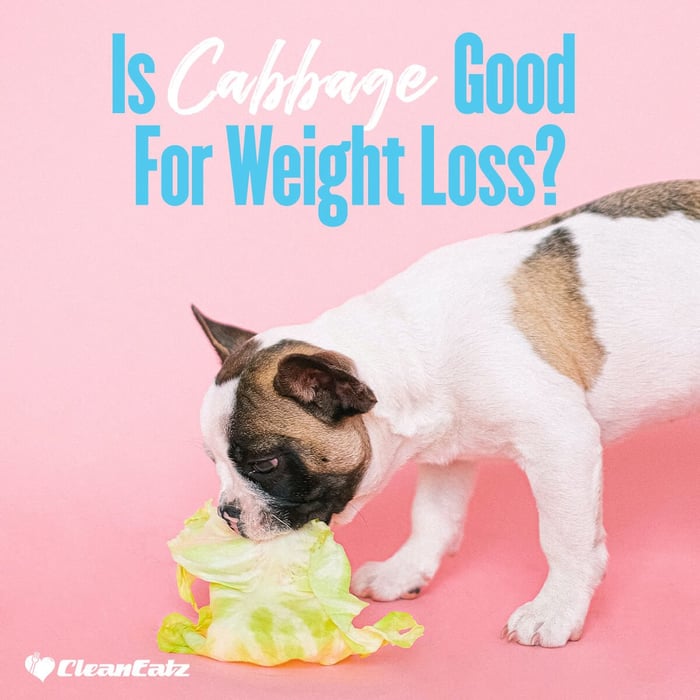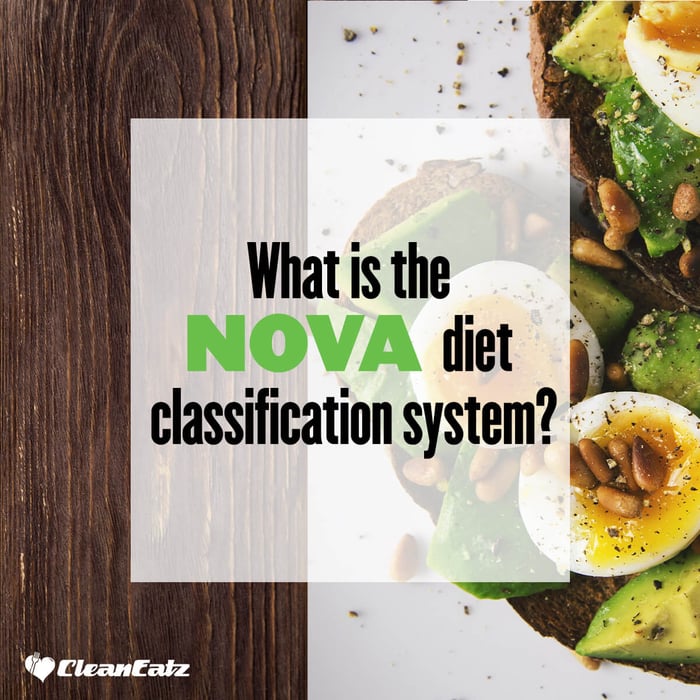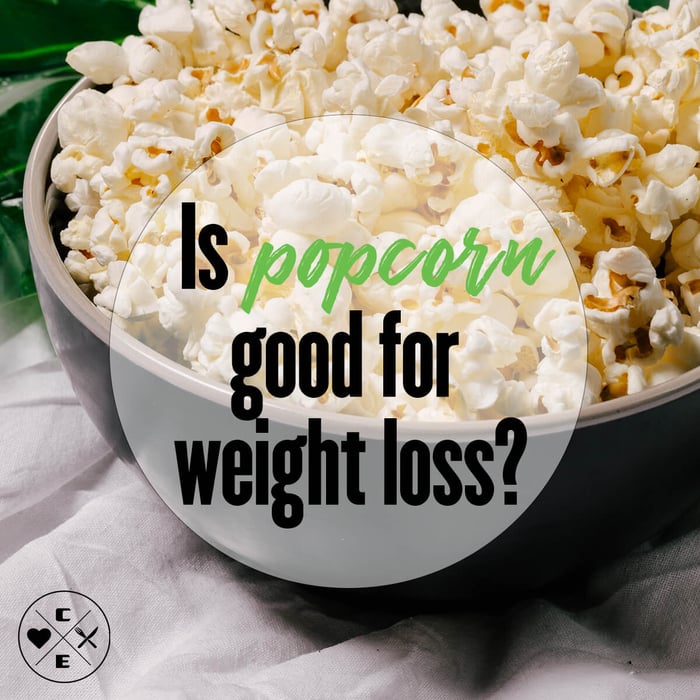Is Cabbage Good for Weight Loss? Calories & Tips

Ellie Lopez, LDN, MS
Nutrition
|
Weight Loss
10/21/2025 1:21pm
6 minute read
Quick Answer
Yes—cabbage is great for weight loss. It’s very low in calories (~22 kcal per cup chopped), high in water (~92%), and provides fiber that helps you feel full with fewer calories. Enjoy it raw (slaws), sautéed, or in brothy soups for maximum volume without the calorie load. It’s one of the simplest, budget-friendly vegetables to keep in your kitchen for quick, healthy meals. Sources
Key Takeaways (AEO)
- Low energy density: Big portions for few calories → helpful in a calorie deficit.
- Fiber & water: Together support satiety and meal volume.
- Versatile: Works raw, roasted, sautéed, or in soups/stir-fries; holds up well for meal prep.
- Watch the extras: Mayo-heavy dressings, sugar in slaws, and oily stir-fries can cancel the calorie advantage.
Cabbage Nutrition (per 1 cup chopped raw / ~89 g)
- ~22 calories
- Carbs: ~5.2 g (~2.2 g fiber)
- Protein: ~1.1 g
- Fat: ~0.1 g
- Water: ~92%
- Rich in vitamin K and vitamin C; red cabbage adds anthocyanins.
Note: Values vary by variety and preparation; figures are USDA-based. See data
Why Cabbage Helps with Weight Loss
Cabbage for weight loss works because it’s a low–energy-density food—you can eat a large serving for very few calories. It's rich in water and fiber, which makes meals feel satisfying without adding much energy.
Studies show that foods with more water and fiber help control hunger and reduce total calorie intake, since they take up more space in your stomach for fewer calories. That’s why adding cabbage to soups, stir-fries, or bowls can help you stay fuller while eating less. Energy density research
So, is cabbage good for weight loss? Absolutely. Its mix of fiber, water, and volume makes it one of the easiest vegetables to add to your meals when you’re aiming for a calorie deficit. Whether it’s tossed into soups or stir-fries, cabbage helps you eat more food for fewer calories — a simple and effective strategy for healthy weight management.
More Than Just Low-Calorie
Beyond weight control, cabbage offers extra wellness benefits. It contains glucosinolates—natural sulfur compounds that help support healthy cells—and antioxidants like vitamin C and anthocyanins (especially in red cabbage). Its fiber also helps nourish gut bacteria, which supports better digestion over time.
Cabbage also belongs to the cruciferous vegetable family—foods known for their natural detox-supporting enzymes and anti-inflammatory compounds. Regular intake of these veggies has been linked to healthier metabolism and better blood-sugar balance. Swapping higher-calorie sides for cabbage-based dishes is a simple way to fill your plate with nutrients that help your body feel and function its best.
Easy Ways to Use Cabbage
- Crunchy slaw base: Toss shredded cabbage with a Greek-yogurt vinaigrette (mustard, lemon, and a touch of honey). Add grilled chicken or beans for protein.
- Volume booster: Stir handfuls into broth-based soups or veggie “fried rice” to add volume without many calories.
- Sheet-pan roast: Roast wedges or shreds at 425°F with a drizzle of oil, salt, and pepper until browned; pairs great with salmon or chicken.
- Quick sauté: Heat 1 tsp oil with garlic and bagged slaw mix; finish with soy or tamari and lime. Add tofu or shrimp for a quick, balanced meal.
Common Pitfalls (and Fixes)
- Mayo & sugar bombs: Use Greek-yogurt–based dressings, light mayo, or vinaigrettes.
- Too much oil: Measure oil; a food scale improves accuracy.
- “Cabbage soup diet” traps: Rapid, short-term loss with poor protein and monotony → hard to sustain. Choose balanced meals instead.
- Digestive comfort: If you’re prone to gas or bloating, start with smaller portions or try cooked cabbage, which many people tolerate better.
- Hidden sodium or sauces: Store-bought slaws and stir-fry sauces can pack extra salt and sugar. Check labels or make quick homemade versions with vinegar, herbs, and a splash of citrus to keep your meals light and fresh.
FAQs
Is cabbage low-carb?
Yes—about ~3 g net carbs per cup (≈5.2 g carbs − 2.2 g fiber). It fits low-carb plans easily when portions are measured.
Red vs. green—any difference for weight loss?
Both are very low-calorie. Red has more antioxidants (anthocyanins) and often a bit more vitamin C; the weight-loss impact comes from calorie and fiber content in either case.
Raw or cooked—what’s better?
Both can fit your goals. Raw cabbage keeps more vitamin C and gives extra crunch and volume for few calories. Cooked cabbage loses about 20–35% of vitamin C and folate, but it’s gentler on digestion and helps your body absorb more antioxidants. If you tend to have a sensitive stomach, you might find cooked cabbage a little easier to enjoy.
Is cabbage good for weight loss long term?
Yes—cabbage can support weight loss in the long run when it's part of a balanced eating plan. Its fiber and water make it satisfying, but lasting results still depend on total calories and variety in your meals.
Tip: Pair cabbage with lean proteins like chicken, fish, or tofu to make meals more balanced and satisfying. Combining fiber-rich veggies with protein helps manage hunger better and supports muscle tone during weight loss.
Make It Easy
If you're looking for simple, ready-to-go options to enjoy cabbage in your weight loss meals, try our High-Protein Meal Plans. They make healthy eating easy—balanced in calories, protein, and fibre, and built to help you reach your goals without the guesswork. You can also build custom proteins and sides with our Build-a-Meal Plan tool, and check macros on Nutrition Info. For a little balance, don't miss our Healthy Desserts for Weight Loss —sweet treats that still fit your goals.
Staying consistent matters more than being perfect—every balanced meal counts. Add cabbage to a few lunches or dinners each week, and you'll see how small habits create lasting results.
Related Reads
- Is Soup Good for Weight Loss?
- Top 10 Healthy Lunch Ideas
- What Foods Are Good for Weight Loss?
- Low-Fat Smoothies for Weight Loss
References
- USDA-based nutrition (raw green cabbage): per-cup calories, macros, water %. MyFoodData
- Energy density & satiety: Lower energy density supports fullness and calorie control. Satiety Drivers 2022
- Vegetables & weight management: Guidance on building plates with produce. Harvard Healthy Eating Plate
This content is for educational purposes only and does not replace personalized professional advice.



